One of the biggest events in the competitive World of Warcraft calendar is the Race to World First, featuring the best guilds in the game racing to see who can take down the final boss of a new raid first.
To learn more about the competitive WoW experience and how Liberation of Undermine felt, I sat down with Rogerbrown and Gingi from Echo—one of the most influential top-tier guilds in the scene—after their incredible performance in the event.
While some aspects of the raid were a hit with the players, like the aesthetic and mid-tier bosses, others fell flat and left them feeling underwhelmed, like the final boss and tuning.
“A lot of things went really nice this time around. The only thing that was disappointing was just the ending,” Rogerbrown said.

The Gallywix fight left both players and viewers feeling somewhat baffled, with the summary post on Echo’s website referring to the battle as “a massive tragedy” and “severely undertuned.”
Rogerbrown and Gingi agreed here, feeling let down by the lack of challenge in the final battle of the event—Echo managed Chrome King Gallywix in less than 50 pulls.
While Gingi found some bosses and the raid aesthetic in Liberation of Undermine to be cool, he had some issues. The team was excited for Gallywix, particularly because the difficulty levels of the mid-tier bosses led them to think that the final fight would be hellish, but they felt let down in the end.
Gingi praised the Sprocketmonger Lockenstock and Stix Bunkjunker fights as “really, really cool” and pointed out Mug’zee as an interesting but tricky battle. Throughout the event, Mug’zee seemed to be the true final boss of the raid for multiple guilds.
The pair both had theories on how Gallywix could’ve been made to feel like a more meaningful foe.
“Maybe they had a lot more crazy ideas and they were working on them,” Rogerbrown suggested, saying that the WoW team might have run out of time or that they’d realized the fight wouldn’t have worked at the last minute, leading to quick changes and cuts.
“It was way too long, and there was nothing new,” he continued, discussing the latter stages of the battle. “It’s very rare that a fight has the same mechanics for like five or six minutes… that made the fight feel a bit monotonous.”

Gingi explained that bosses like these usually featured checks on both healing and damage, giving players barely any breathing room and punishing small mistakes—whereas the Gallywix fight was forgiving, feeling undertuned and as if there weren’t many mechanics at all.
For future Race to World First events, Gingi hopes to eventually see a global release and Heroic weeks, saying that the latter allows Blizzard to tune bosses more effectively and make the best possible adjustments for classes.
Rogerbrown also focused on tuning, looking at how Mythic raiding could be improved as a whole and what could be changed to improve the experience for audience members and the wider WoW player base.
“As time goes on, I think the community has become more and more frustrated about the situation,” he noted, referencing tuning before and after the RWF event.
He also pointed out the heavy character requirements needed to keep on top of progression, saying that it’s cool to work with the community during splits but adding that “people don’t like watching that type of content and I don’t blame them…removing [splits] as a concept, which is always a requirement, would do wonders for the race.”

Rogerbrown agreed that a Heroic week would be beneficial, but said it’s still a massive burden for players to go through the whole week to compete. He added that many players have quit competing and that viewers weren’t as keen to watch splits and often avoided the first few days of the events.
Preparing for the Race to World First is no easy feat, either. In terms of logistics, everything is managed exquisitely, with the venue, seating plan, and hotel being key focuses. The Evokers on the team might be seated next to each other, for example, or the Tanks might be placed together for easy communication.
Rogerbrown added, “I would say the real… preparation starts once we actually see the bosses,” saying that it’s one thing to read the Dungeon Journal and another thing entirely to see a fight for yourself in-game.
The competitive scene has changed dramatically over the years, with event preparation and optimization becoming more crucial than ever, along with sponsors and support for teams. Echo partnered with G2A.com to offer fans discounts and rewards throughout the event.
Rogerbrown pointed out that the WoW community has changed significantly, with players who might’ve just opted to focus on the MMO in previous years due to heavy daily requirements now having the freedom to explore other games without feeling like they’re going to fall behind.
He shared his excitement about the partnership and how it worked for both WoW players and viewers alike, saying, “I think it is pretty awesome how we find ways to give our viewers things that are pretty aligned with their interests.”
During the race, a post went up on Echo socials joking that someone in production had bought every single game on G2A.com—when asked what games the pair had been exploring post-event, Split Fiction stood out, with Gingi adding that he might dip into some casual Crash Bandicoot too.

Alongside sponsorships, behind-the-scenes work is crucial for top-level guilds looking to thrive in events like the RWF. Gingi suggested that viewers may be surprised by how much goes into the event beyond the gameplay itself, especially from the officer team.
Rogerbrown added that optimization was necessary in every aspect of the game during the race.
“What you don’t see is a lot of the preparation, the tons of spreadsheets…Once the servers are live, it’s basically any second counts,” he noted, adding that everything from splits and loot distribution speed to WeakAura performance could impact timings during the race, potentially negating player performance inside the raid itself.
Both players gave advice on how aspiring competitors could get into the Race to World First, with Gingi saying that it was essential for people to work their way up through the ranks in a top 15 or top 20 guild first.
He suggested that future competitors should stream their gameplay, saying that it’s faster to get their name out there and showcase their talents while potentially competing in other events.
Aspiring players should analyze their gameplay and gather information from others as much as possible, surrounding themselves with like-minded players.
“Just keep going, eventually, an opportunity will come and then you just take it,” Gingi encouraged.
Rogerbrown added that if players weren’t streaming, they should at least record their gameplay to look back and review their performances. It can be hard to spot your mistakes during the heat of the moment, but by watching them back, you can work out whether you need new WeakAuras, better focus, or something else entirely.
Moving away from the raiding scene, I wondered whether the players had any dream additions or predictions for playable races that might pop up in-game in later patches—personally, I’m going to bat for Ethereals thanks to Patch 11.1’s story and NPCs.
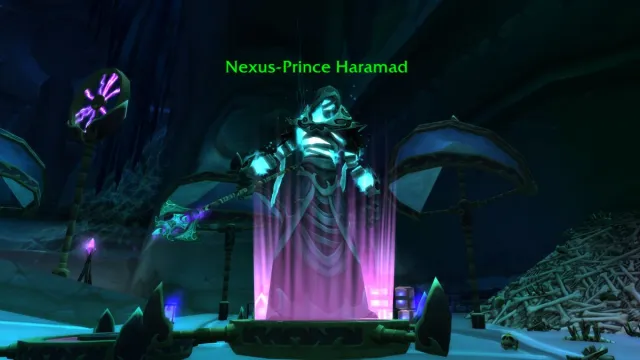
Ginji suggested that the Tuskarr would be a wicked addition, while Rogerbrown pointed out how fun it would be to have Ogres and customize a two-headed model.
Based on the popularity—or infamy—of Mug’zee during this event, I think it’s safe to say that Ogres would go down well with the WoW community.
While the final fight may have left a bad taste in the community’s mouth, watching guilds like Echo zip through Liberation of Undermine was still a delight. The event always highlights just how much work is needed from top-level guilds to succeed, and it’s worth a watch if you’re a fan of high-skill PvE gameplay.


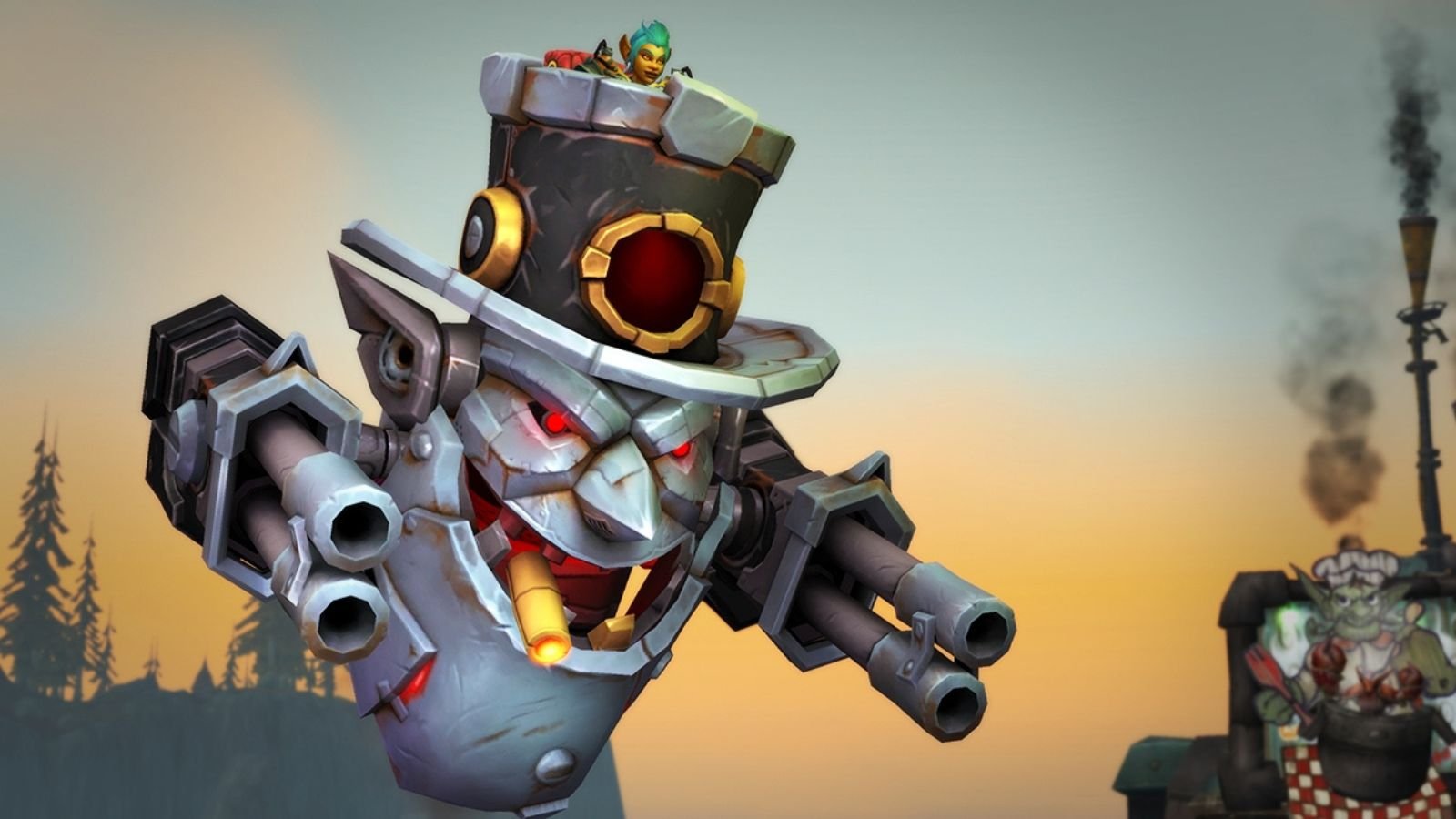
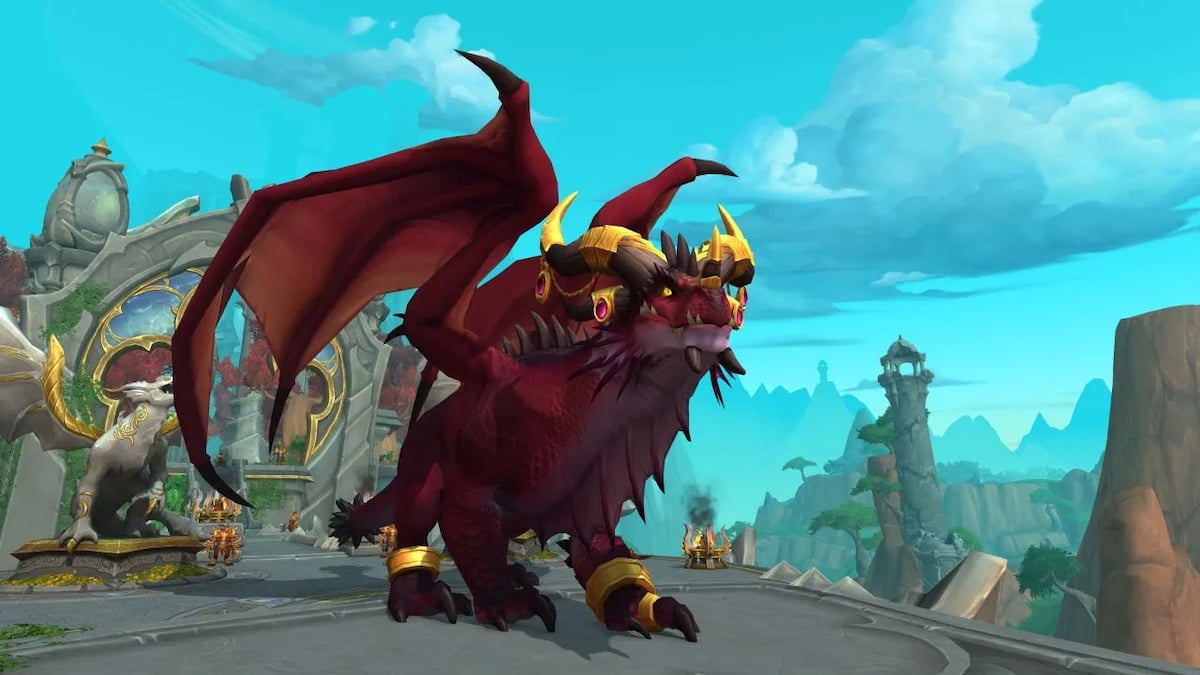
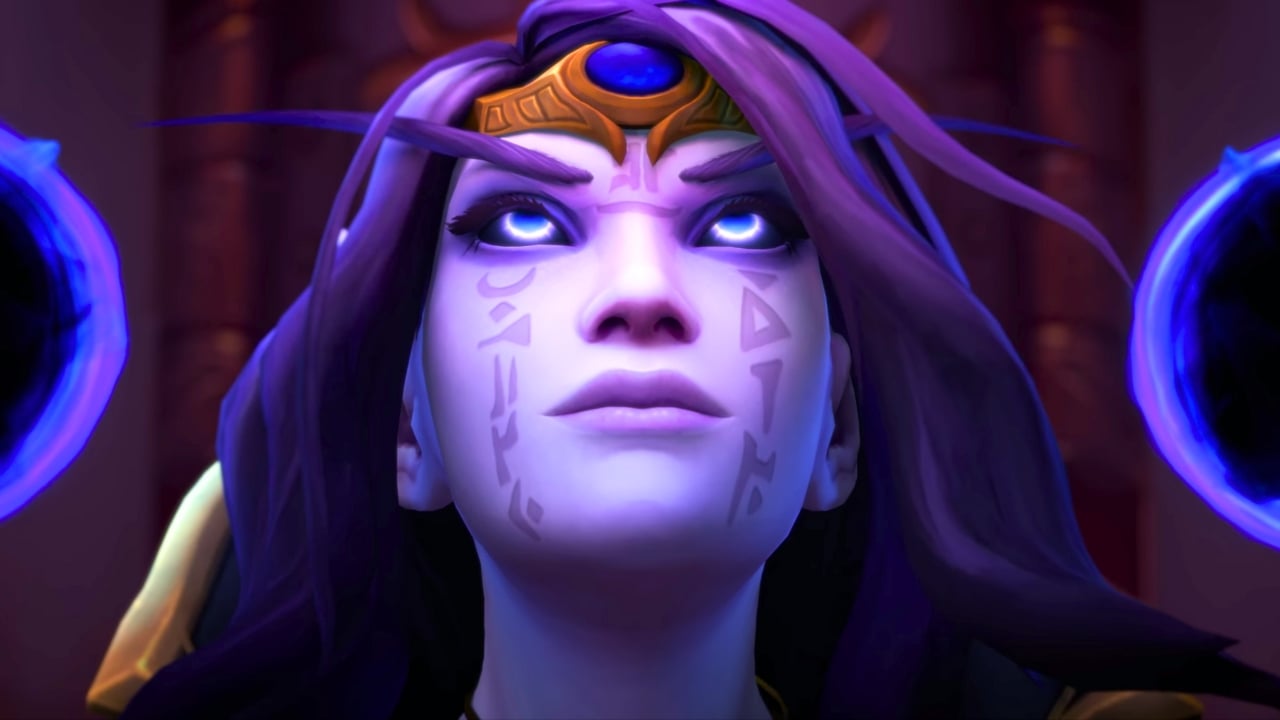

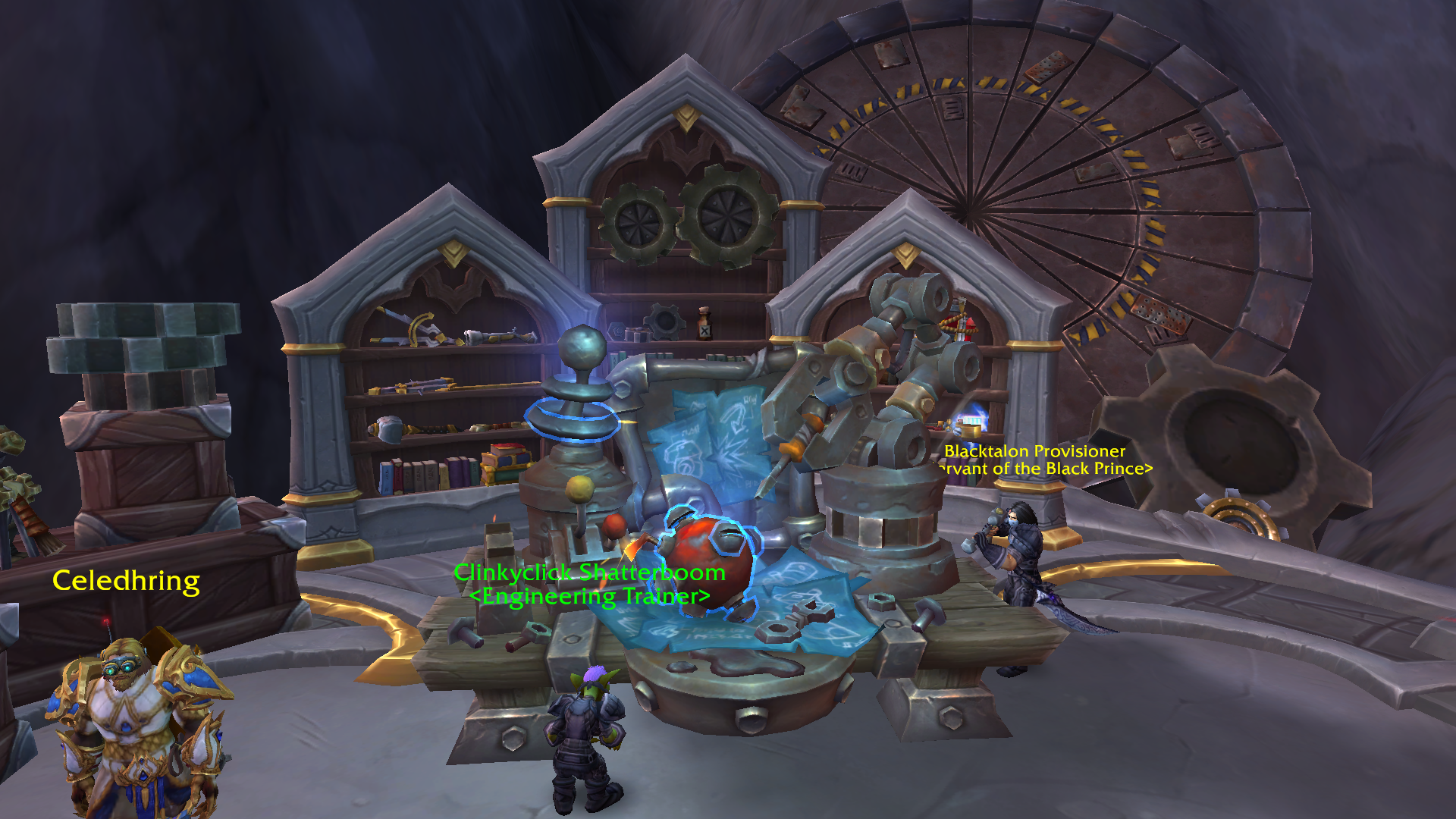

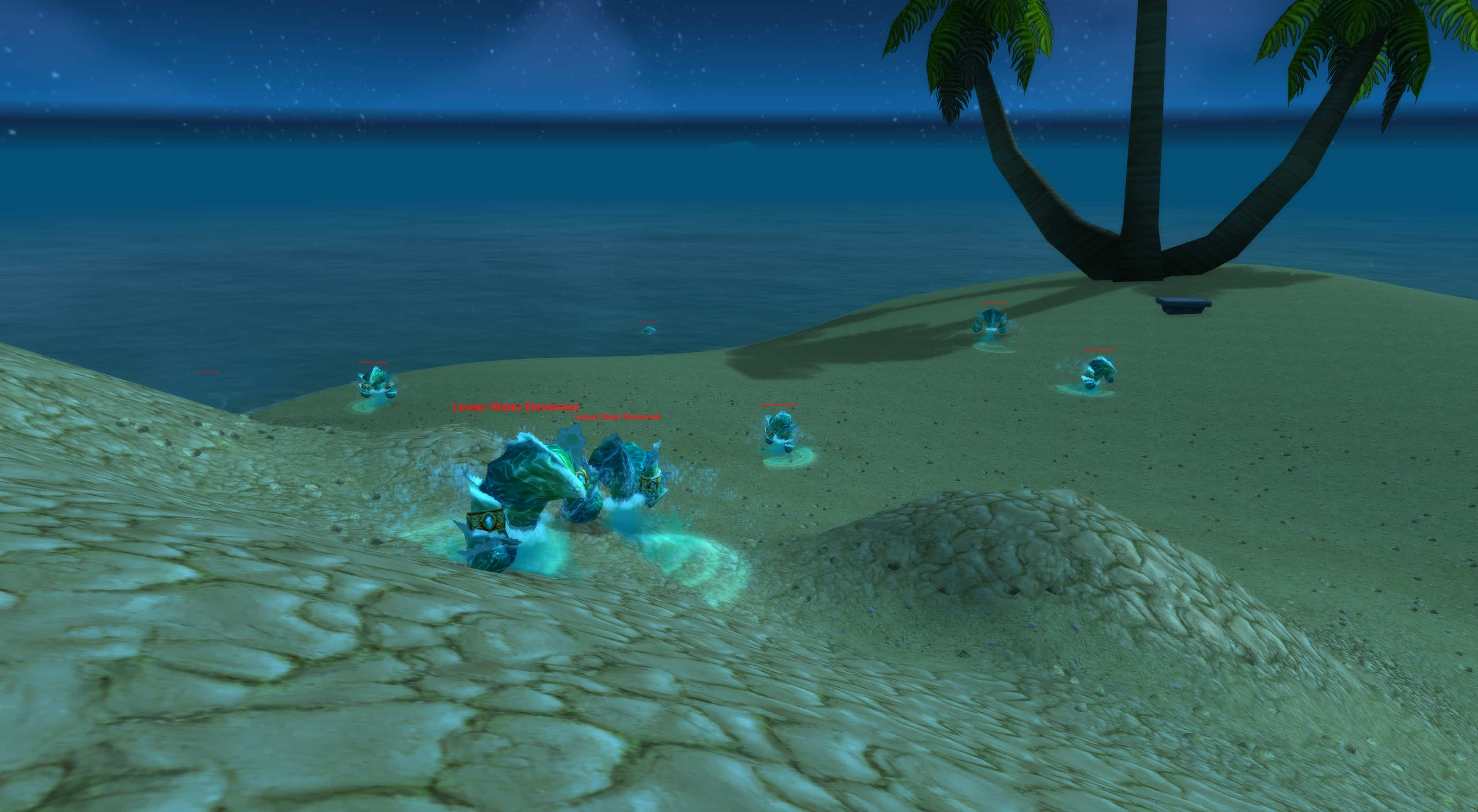
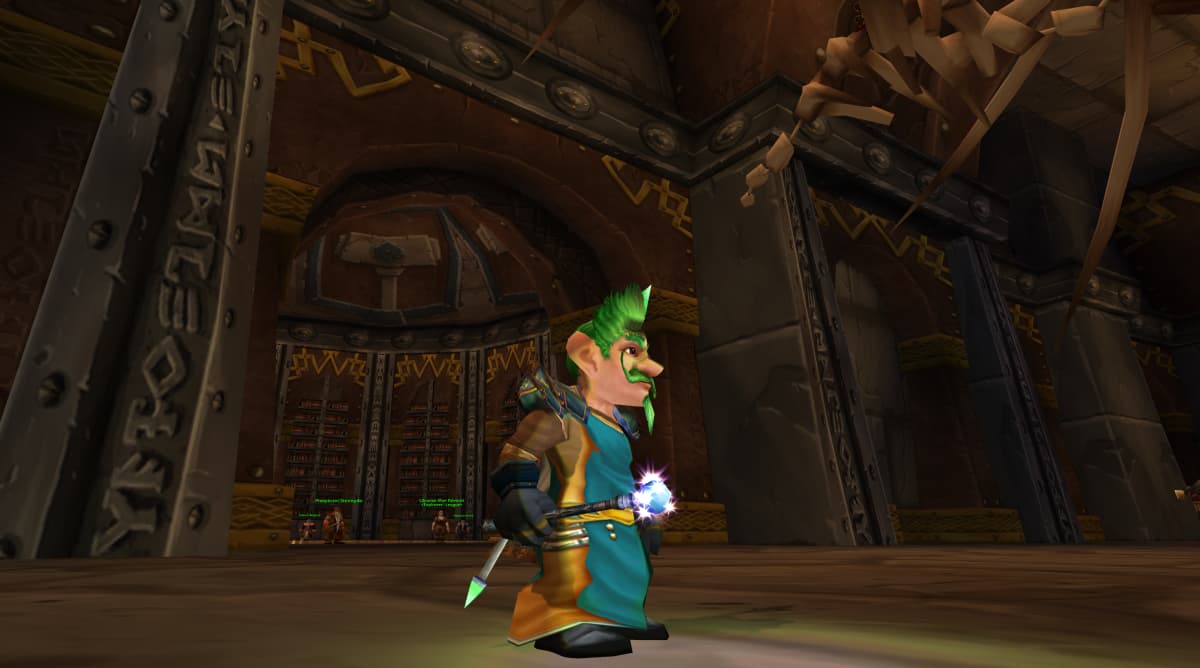
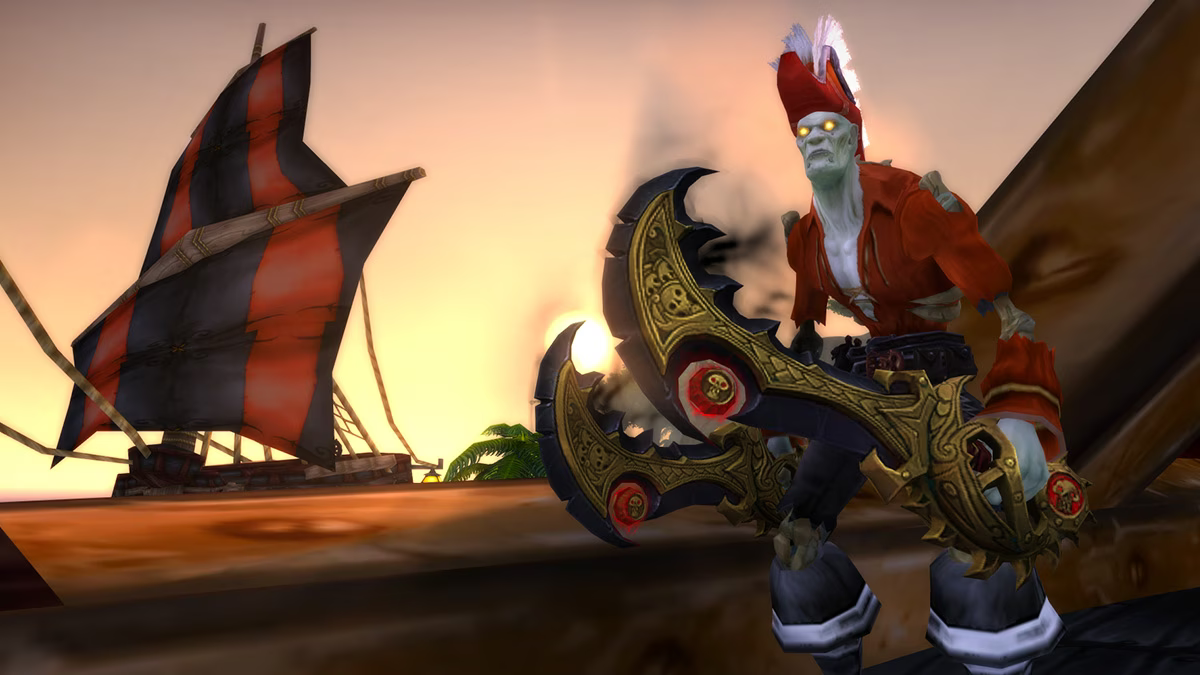
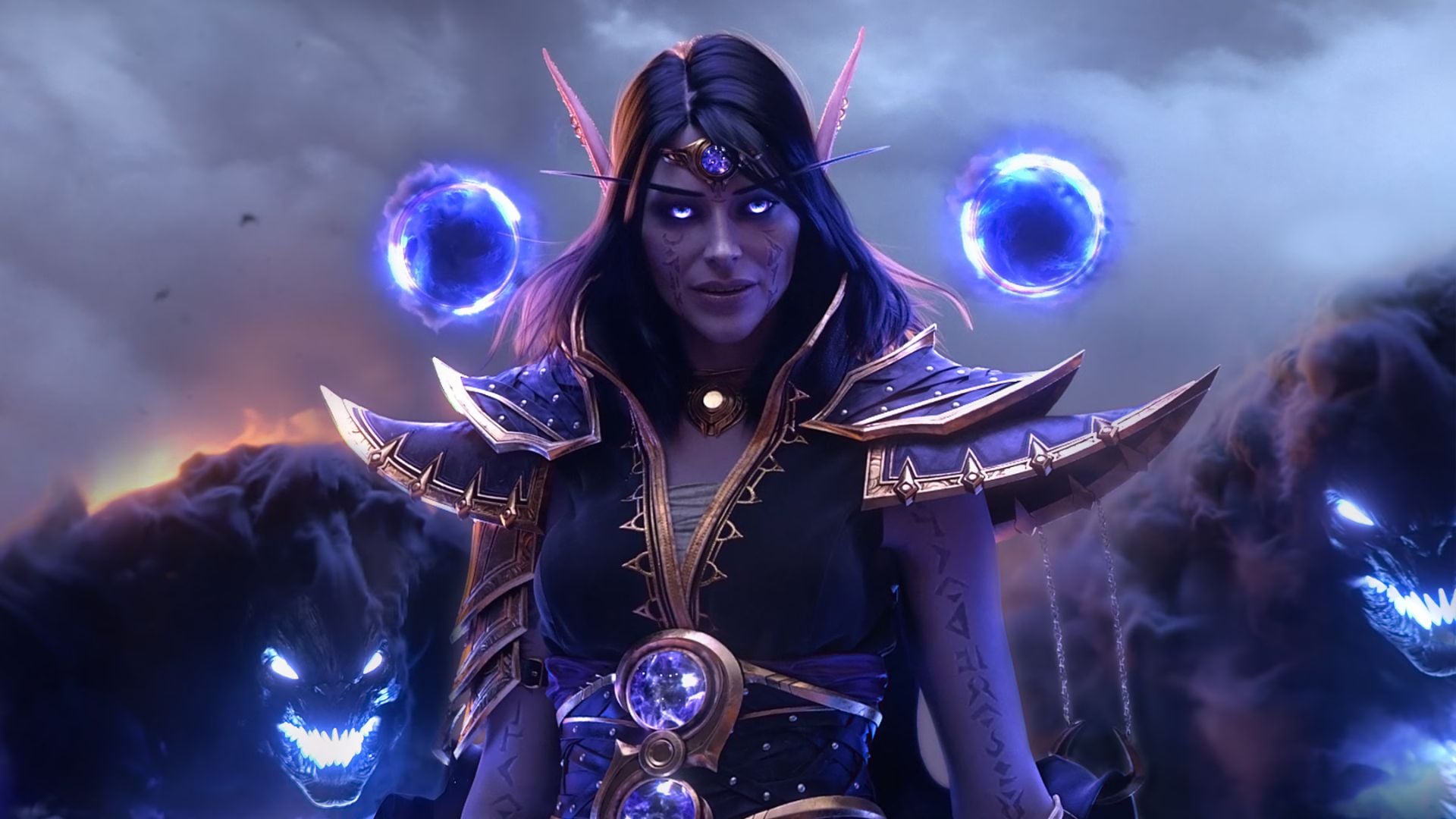
Published: Apr 13, 2025 06:13 am